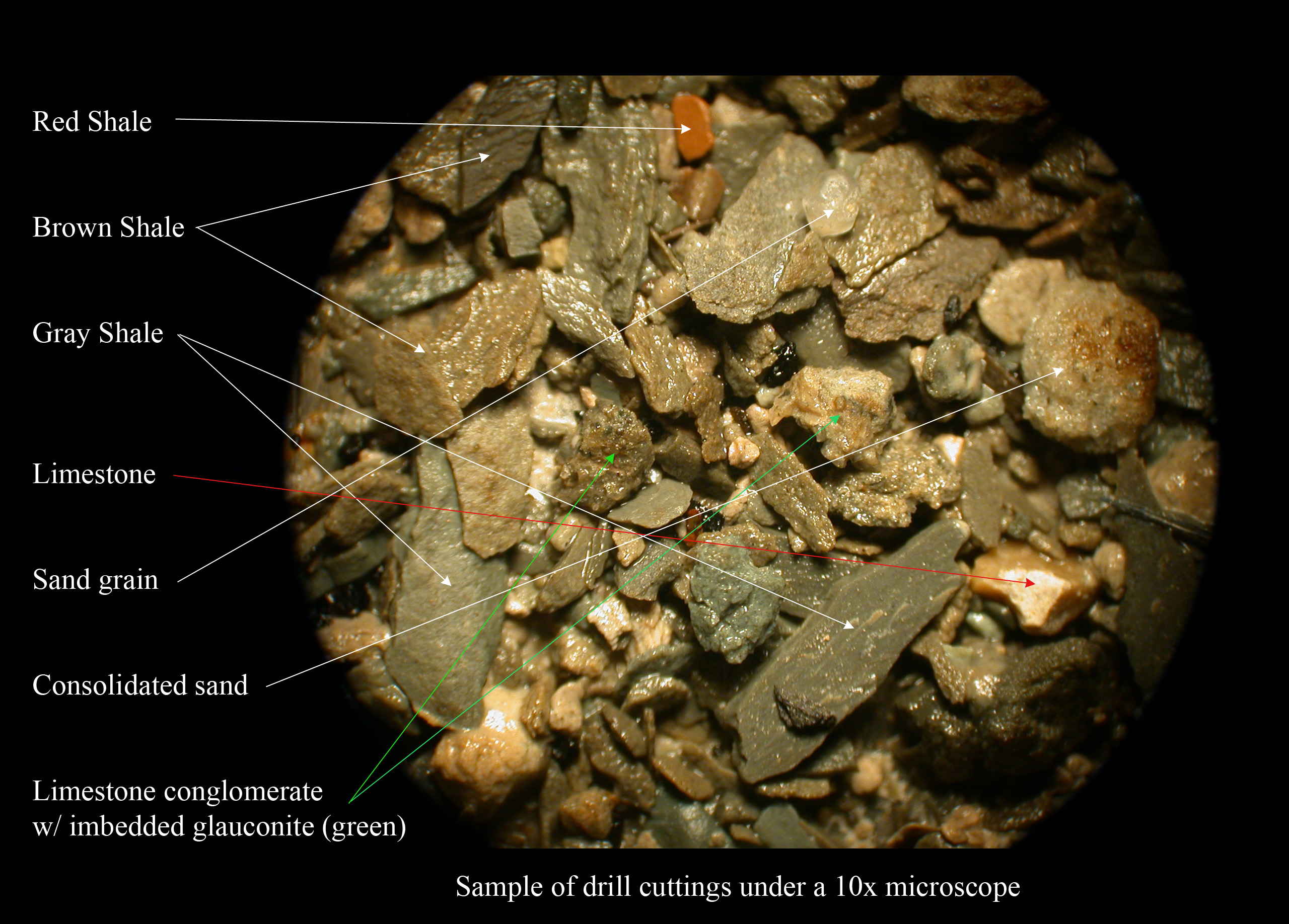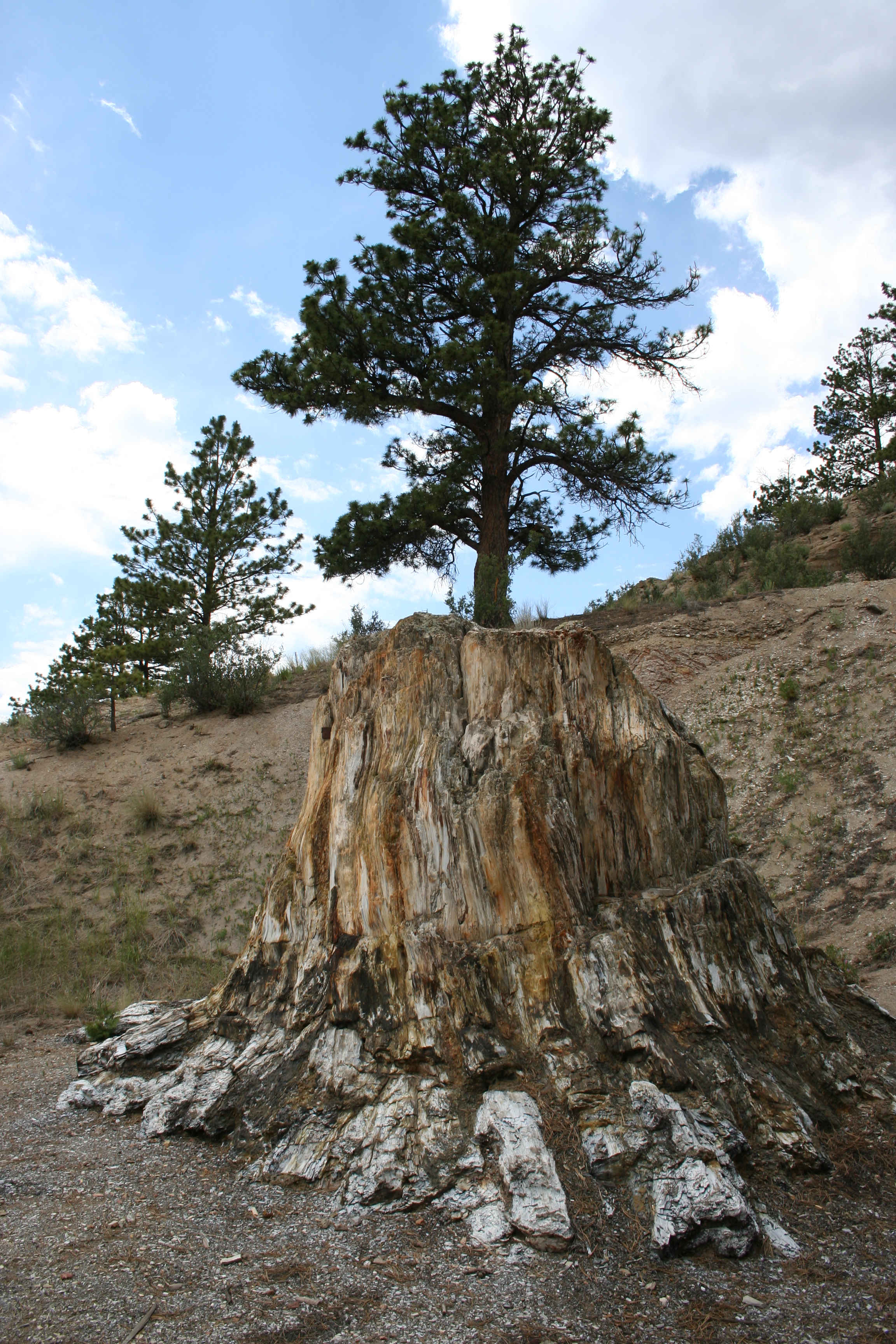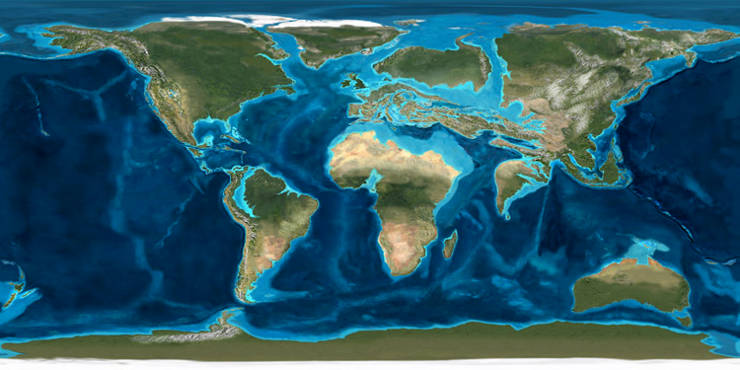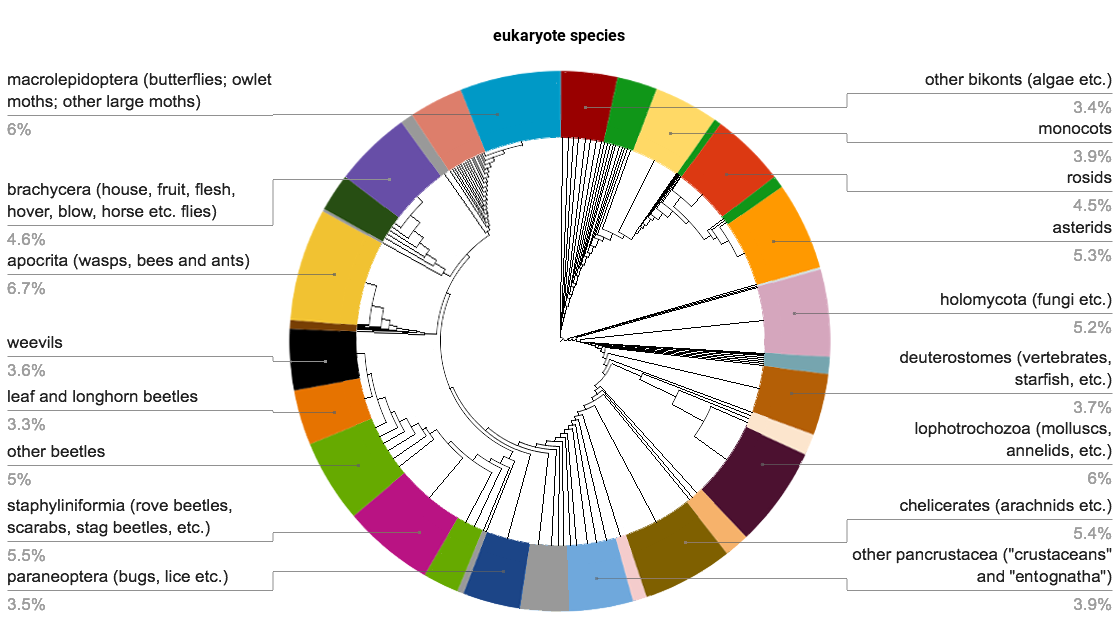|
Calyptapis
''Calyptapis'' is an extinct bombini genus related to bumblebees with one described species ''Calyptapis florissantensis''. It is known only from the Late Eocene Chadronian age shale Shale is a fine-grained, clastic sedimentary rock formed from mud that is a mix of flakes of Clay mineral, clay minerals (hydrous aluminium phyllosilicates, e.g., Kaolinite, kaolin, aluminium, Al2Silicon, Si2Oxygen, O5(hydroxide, OH)4) and tiny f ...s of the Florissant Formation in Colorado. The genus and species were described by Theodore Dru Alison Cockerell in 1906. References † Eocene insects of North America Fossil taxa described in 1906 Insects described in 1906 Fossil bee genera Monotypic prehistoric insect genera {{paleo-insect-stub ... [...More Info...] [...Related Items...] OR: [Wikipedia] [Google] [Baidu] |
|
 |
Bumblebee
A bumblebee (or bumble bee, bumble-bee, or humble-bee) is any of over 250 species in the genus ''Bombus'', part of Apidae, one of the bee families. This genus is the only Extant taxon, extant group in the tribe Bombini, though a few extinct related genera (e.g., ''Calyptapis'') are known from fossils. They are found primarily in the Northern Hemisphere, although they are also found in South America, where a few lowland tropical species have been identified. European bumblebees have also been introduced to New Zealand and Tasmania. Female bumblebees can sting repeatedly, but generally ignore humans and other animals. Most bumblebees are eusociality, social insects that form colony (biology), colonies with a single queen. The colonies are smaller than those of honey bees, growing to as few as 50 individuals in a nest. Psithyrus, Cuckoo bumblebees are brood parasite, brood parasitic and do not make nests or form colonies; their queens aggressively invade the nests of other bumble ... [...More Info...] [...Related Items...] OR: [Wikipedia] [Google] [Baidu] |
 |
Bombini
The Bombini are a tribe of large bristly apid bees which feed on pollen or nectar. Many species are social, forming nests of up to a few hundred individuals; other species, formerly classified as ''Psithyrus'' cuckoo bees, are brood parasites of nest-making species. The tribe contains a single living genus, '' Bombus'', the bumblebees, and some extinct genera such as ''Calyptapis'' and '' Oligobombus''. The tribe was described by Pierre André Latreille in 1802. Fossils '' Bombus cerdanyensis'' was described from Late Miocene lacustrine beds of La Cerdanya, Spain in 2014. '' Calyptapis florissantensis'' was described by Theodore Dru Alison Cockerell in 1906 from the Chadronian (Eocene) lacustrine – large shale of Florissant in the US. '' Oligobombus cuspidatus'' was described by Antropov ''et al'' (2014) from the Late Eocene Insect Bed of the Bembridge Marls on the Isle of Wight The Isle of Wight (Help:IPA/English, /waɪt/ Help:Pronunciation respelling key, ''WY ... [...More Info...] [...Related Items...] OR: [Wikipedia] [Google] [Baidu] |
|
Chadronian
The Chadronian is a North American Land Mammal Age typically set from around 37,000,000 to 33,700,000 years BP, a period of . The Chadronian is preceded by the Duchesnean and followed by the Orellan NALMA stages. Relative to global geological chronology (the geologic time scale), it is usually considered to fall within the later part (Priabonian stage) of the Eocene epoch, ending around the same time as the Eocene-Oligocene boundary. The Chadronian is named after the Chadron Formation, a widespread component of the White River Group in Nebraska and South Dakota. The most well-studied examples of Chadronian strata in the White River Group/Formation are the Flagstaff Rim area of eastern Wyoming and the Toadstool Park area of northwest Nebraska. The beginning of the Chadronian is defined by the first appearance of '' Bathygenys'' (a merycoidodontid, or " oreodont"). Other mammals which first appear at the start of the stage include '' Merycoidodon dunagani'' (a merycoidodontid) ... [...More Info...] [...Related Items...] OR: [Wikipedia] [Google] [Baidu] |
|
 |
Theodore Dru Alison Cockerell
Theodore Dru Alison Cockerell (22 August 1866 – 26 January 1948) was an American entomologist and Systematics, systematic biologist who published nearly 4,000 papers, some of them only a few lines long. Cockerell's speciality was the insect order Hymenoptera (bees and wasps), an area of study where he described specimens from the United States, the West Indies, Honduras, the Philippines, Africa, and Asia. Cockerell named at least 5,500 species and varieties of bees and almost 150 genera and subgenera, representing over a quarter of all species of bees known during his lifetime. In addition to his extensive studies of bees, he published papers on scale insects, slugs, moths, fish scales, fungi, roses and other flowers, mollusks, and a wide variety of other plants and animals. Personal life Cockerell was born in Norwood, Greater London, the eldest son of Sydney John Cockerell (1842–1877) and Alice Elizabeth (née Bennett). Sydney Cockerell, who became director of the Fitzwilli ... [...More Info...] [...Related Items...] OR: [Wikipedia] [Google] [Baidu] |
|
Late Eocene
The Priabonian is, in the International Commission on Stratigraphy, ICS's geologic timescale, the latest age (geology), age or the upper stage (stratigraphy), stage of the Eocene epoch (geology), Epoch or series (stratigraphy), Series. It spans the time between . The Priabonian is preceded by the Bartonian and is followed by the Rupelian, the lowest stage of the Oligocene. ''Priabona florissantius, Priabona'', an extinct dipteran of Pipunculidae family, is named after Priabonian, the age of deposits from which this insect is known. History and naming The Priabonian Stage was introduced in scientific literature by Ernest Munier-Chalmas and Albert de Lapparent in 1893. The stage is named after the small hamlet of Priabona (Monte di Malo), Priabona in the community of Monte di Malo, in the Veneto region of northern Italy. Stratigraphic definition The base of the Priabonian Stage is at the first appearance datum, first appearance of calcareous nannoplankton species ''Chiasmolithus ... [...More Info...] [...Related Items...] OR: [Wikipedia] [Google] [Baidu] |
|
 |
Shale
Shale is a fine-grained, clastic sedimentary rock formed from mud that is a mix of flakes of Clay mineral, clay minerals (hydrous aluminium phyllosilicates, e.g., Kaolinite, kaolin, aluminium, Al2Silicon, Si2Oxygen, O5(hydroxide, OH)4) and tiny fragments (silt-sized particles) of other minerals, especially quartz and calcite.Blatt, Harvey and Robert J. Tracy (1996) ''Petrology: Igneous, Sedimentary and Metamorphic'', 2nd ed., Freeman, pp. 281–292 Shale is characterized by its tendency to split into thin layers (Lamination (geology), laminae) less than one centimeter in thickness. This property is called ''Fissility (geology), fissility''. Shale is the most common sedimentary rock. The term ''shale'' is sometimes applied more broadly, as essentially a synonym for mudrock, rather than in the narrower sense of clay-rich fissile mudrock. Texture Shale typically exhibits varying degrees of fissility. Because of the parallel orientation of clay mineral flakes in shale, it breaks in ... [...More Info...] [...Related Items...] OR: [Wikipedia] [Google] [Baidu] |
 |
Florissant Formation
The Florissant Formation is a sedimentary geologic formation outcropping around Florissant, Teller County, Colorado. The formation is noted for the abundant and exceptionally preserved insect and plant fossils that are found in the mudstones and shales. Based on argon radiometric dating, the formation is Eocene (approximately 34 million years old ) in age and has been interpreted as a lake environment. The fossils have been preserved because of the interaction of the volcanic ash from the nearby Thirtynine Mile volcanic field with diatoms in the lake, causing a diatom bloom. As the diatoms fell to the bottom of the lake, any plants or animals that had recently died were preserved by the diatom falls. Fine layers of clays and muds interspersed with layers of ash form "paper shales" holding beautifully-preserved fossils. The Florissant Fossil Beds National Monument is a national monument established to preserve and study the geology and history of the area. History The name ''Fl ... [...More Info...] [...Related Items...] OR: [Wikipedia] [Google] [Baidu] |
 |
Eocene Insects Of North America
The Eocene ( ) is a geological epoch that lasted from about 56 to 33.9 million years ago (Ma). It is the second epoch of the Paleogene Period in the modern Cenozoic Era. The name ''Eocene'' comes from the Ancient Greek (''Ēṓs'', 'Dawn') and (''kainós'', "new") and refers to the "dawn" of modern ('new') fauna that appeared during the epoch.See: *Letter from William Whewell to Charles Lyell dated 31 January 1831 in: * From p. 55: "The period next antecedent we shall call Eocene, from ήως, aurora, and χαινος, recens, because the extremely small proportion of living species contained in these strata, indicates what may be considered the first commencement, or ''dawn'', of the existing state of the animate creation." The Eocene spans the time from the end of the Paleocene Epoch to the beginning of the Oligocene Epoch. The start of the Eocene is marked by a brief period in which the concentration of the carbon isotope 13C in the atmosphere was exceptionally low in com ... [...More Info...] [...Related Items...] OR: [Wikipedia] [Google] [Baidu] |
 |
Fossil Taxa Described In 1906
A fossil (from Classical Latin , ) is any preserved remains, impression, or trace of any once-living thing from a past geological age. Examples include bones, seashell, shells, exoskeletons, stone imprints of animals or microbes, objects preserved in #Resin, amber, hair, petrified wood and DNA remnants. The totality of fossils is known as the ''fossil record''. Though the fossil record is incomplete, numerous studies have demonstrated that there is enough information available to give a good understanding of the pattern of diversification of life on Earth. In addition, the record can predict and fill gaps such as the discovery of ''Tiktaalik'' in the arctic of Canada. Paleontology includes the study of fossils: their age, method of formation, and evolutionary significance. Specimens are sometimes considered to be fossils if they are over 10,000 years old. The oldest fossils are around 3.48 billion years to 4.1 billion years old. Early edition, published online bef ... [...More Info...] [...Related Items...] OR: [Wikipedia] [Google] [Baidu] |
 |
Insects Described In 1906
Insects (from Latin ') are hexapod invertebrates of the class Insecta. They are the largest group within the arthropod phylum. Insects have a chitinous exoskeleton, a three-part body (head, thorax and abdomen), three pairs of jointed legs, compound eyes, and a pair of antennae. Insects are the most diverse group of animals, with more than a million described species; they represent more than half of all animal species. The insect nervous system consists of a brain and a ventral nerve cord. Most insects reproduce by laying eggs. Insects breathe air through a system of paired openings along their sides, connected to small tubes that take air directly to the tissues. The blood therefore does not carry oxygen; it is only partly contained in vessels, and some circulates in an open hemocoel. Insect vision is mainly through their compound eyes, with additional small ocelli. Many insects can hear, using tympanal organs, which may be on the legs or other parts of the body. Th ... [...More Info...] [...Related Items...] OR: [Wikipedia] [Google] [Baidu] |
|
Fossil Bee Genera
A fossil (from Classical Latin , ) is any preserved remains, impression, or trace of any once-living thing from a past geological age. Examples include bones, shells, exoskeletons, stone imprints of animals or microbes, objects preserved in amber, hair, petrified wood and DNA remnants. The totality of fossils is known as the ''fossil record''. Though the fossil record is incomplete, numerous studies have demonstrated that there is enough information available to give a good understanding of the pattern of diversification of life on Earth. In addition, the record can predict and fill gaps such as the discovery of ''Tiktaalik'' in the arctic of Canada. Paleontology includes the study of fossils: their age, method of formation, and evolutionary significance. Specimens are sometimes considered to be fossils if they are over 10,000 years old. The oldest fossils are around 3.48 billion years to 4.1 billion years old. Early edition, published online before print. The ob ... [...More Info...] [...Related Items...] OR: [Wikipedia] [Google] [Baidu] |